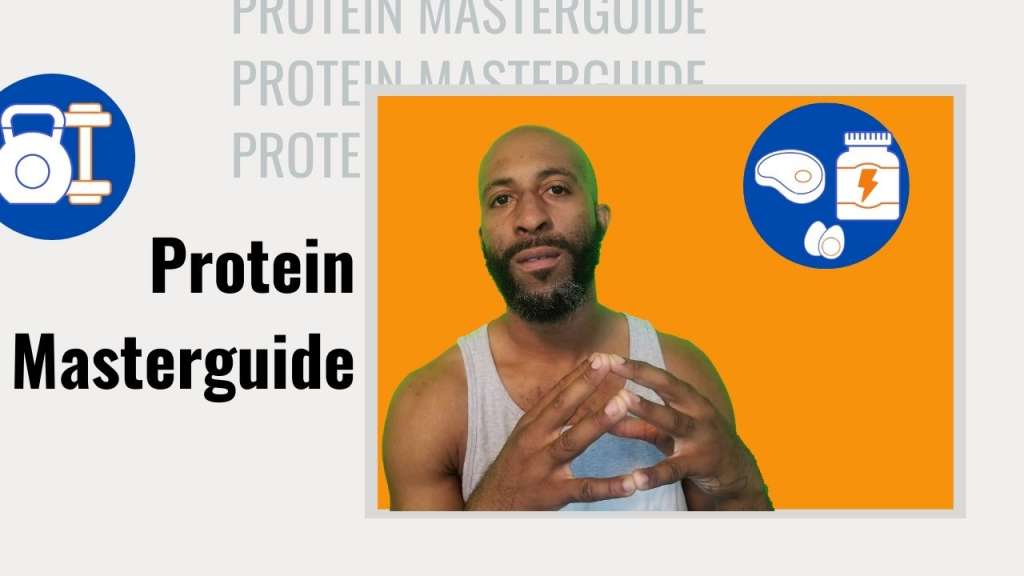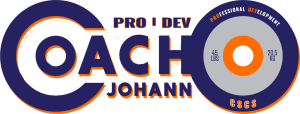What Fighters Need to Know About Hydration and Electrolytes for Peak Performance

Hydration and electrolytes are essential for fighters’ performance. This guide explores the role of electrolytes, hydration timing and foods.
Fasted Cardio Weight Loss Myth, Truth & Reasons

Explore the facts about fasted cardio, its benefits, risks, and how to use it for weight loss, performance, and sustainable fitness strategies.
The Ultimate Guide to Protein Sources | Whole Foods vs. Supplements

Protein is essential for strength, recovery, and fat loss. Learn how to get the best protein from whole foods or supplements while optimizing intake.
Exposing Nutrition Supplement Lies: Truth vs. Hype

Debunk the myths surrounding the supplement industry. Identify which fitness supplements work effectively and make evidence-based decisions.
Best Creatine Supplement Practices: Whole Foods vs. Supplements

Optimize creatine intake with whole foods first. Learn the best sources, benefits, and when to supplement for peak performance.
